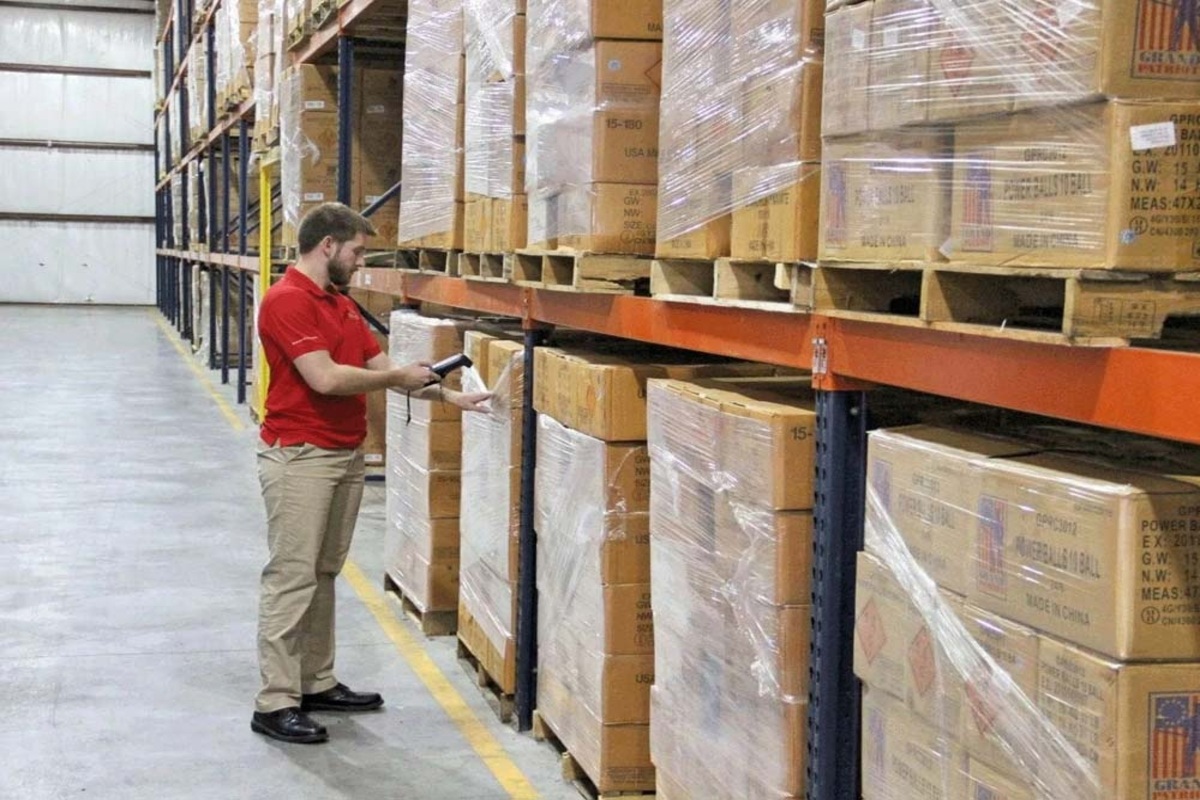Asset tagging provides a consistent way to track equipment, tools, and inventory across a business. Without this structured system, items can go missing, be purchased more than once, or be left out of important reports. These issues often lead to added costs, reporting errors, and compliance problems.
Below, we explain how asset tagging works, why it is important, and how we help businesses set up systems that meet their operational needs.
What is Asset Tagging?
Asset tagging is the process of labeling physical items with a unique identifier that connects to a digital record. These tags, such as barcodes, QR codes, or RFID labels, help you track, locate, and manage assets throughout their entire lifespan
In simple terms, each item is assigned a unique ID. That ID is stored in your inventory software along with key details such as purchase date, location, maintenance history, and assigned user. When done correctly, tagging creates a clear trail that helps avoid loss, duplication, and manual errors.
We typically apply tags to everything from laptops and scanners to hospital beds, tool sets, and office furniture. Any physical item with value to your business can (and should) be tagged.
Why Asset Tagging is Crucial for Modern Businesses
Asset tagging is a practical way to keep track of tools, equipment, and other valuable items. When assets aren’t labeled and recorded properly, businesses often deal with lost inventory, repeated purchases, and incomplete records during audits.
A clear tagging system helps prevent these issues. It allows your team to locate items quickly, monitor usage, and maintain accurate documentation for insurance and compliance purposes. Over time, this leads to better organization, fewer errors, and stronger operational control.
Key Benefits of Asset Tagging Systems
1. Prevents Loss and Theft
We’ve seen how often assets “walk away” without a trace, especially in schools, hospitals, and construction settings. When every item is tagged and logged, there’s accountability. It becomes easier to track who last used the item and when it was last seen.
2. Streamlines Inventory Audits
Instead of manually checking serial numbers or digging through paperwork, tagged assets can be scanned in seconds. This speeds up cycle counts and reduces errors, giving your leadership team accurate data when it matters most.
3. Saves Time Locating Equipment
Knowing where something is and who has it reduces downtime. Staff don’t waste hours searching for missing items or duplicating equipment requests. One quick scan tells them everything they need to know.
4. Improves Compliance and Reporting
Some industries require strict asset tracking for tax, safety, or grant purposes. We help our clients stay compliant by tagging assets in a way that supports proper documentation and reporting.
5. Reduces Equipment Downtime
When tags are linked to maintenance schedules, you can stay ahead of breakdowns. Alerts and service records help maintain equipment condition and extend its usable life.
What Types of Assets Should You Tag?
The simple answer: if it’s valuable, movable, or needs to be tracked, tag it. Common assets include:
- Medical equipment
- IT gear (laptops, printers, routers)
- Tools and machinery
- Vehicles and trailers
- Office furniture
- Audio/visual equipment
- Shelving and storage units
If you’re unsure whether something needs a tag, we usually ask: would it cost money or cause a disruption if this item went missing? If yes, it belongs in your tagging system.
Choosing the Right Tag for Your Environment
Barcode and QR Code Labels
These are cost-effective, easy to apply, and great for indoor use. They can be printed in bulk and work with most mobile scanners or smartphones.
RFID Tags
Best for businesses that need to scan several assets simultaneously or track items as they move through doors and checkpoints. RFID works without requiring direct visibility, which makes scanning faster and more efficient.
GPS Trackers
Used on vehicles or expensive mobile assets that leave the property. They offer real-time location data but come at a higher cost compared to basic tags.
NFC Tags
These are commonly used in retail and mobile applications. Tapping an NFC tag can trigger a record or action on a smartphone.
We always match the tag type to your needs. For example, a hospital may need tamper-evident tags, while a contractor might prefer weatherproof labels that can handle dirt, heat, and moisture.
How Durable Are Asset Tags?
It depends on the material and environment. Some labels are built to last indoors for years, while others are engineered to survive rain, sun, grease, or cold. We often use polyester, aluminum, or tamper-proof vinyl, depending on the application.
If you’re tagging warehouse shelving, metal tools, or outdoor gear, we ensure your tags are built to withstand wear and tear. There’s no one-size-fits-all approach; we tailor it based on what you own and how you use it.
Why Work With Monarch Inventory Services?
Asset tagging is just one part of building a reliable inventory system, but it’s one of the most important. At Monarch Inventory, we help you implement a system that’s accurate, durable, and tailored to your business. From initial planning to hands-on tagging and ongoing support, we handle the details so you don’t have to.
Contact us and let us know if your inventory could use a reset. We’re ready to help you take control of your assets, save time, and reduce costly mistakes.




